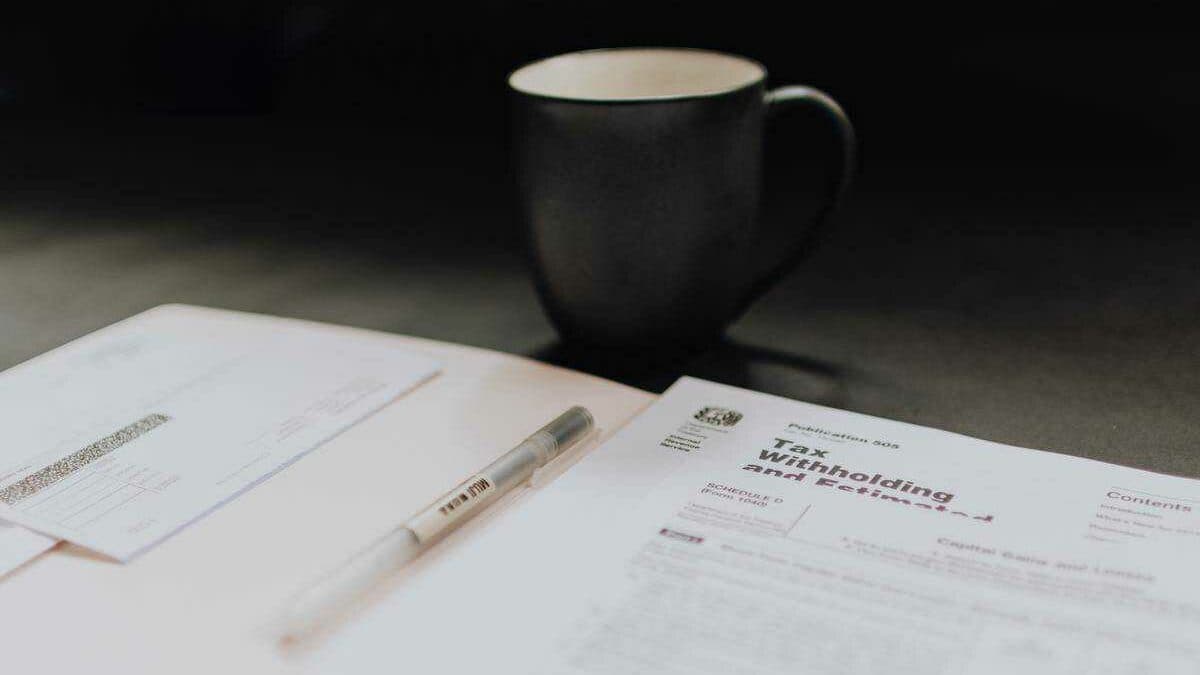Are you eligible for the newly expanded Low and Middle Income Tax Offset (LMITO) this tax time?
People earning up to $126,000 will get a rebate of $420 in excess of what they would have got anyway through the existing LMITO.
As a reminder, the LMITO has been around for several years and provides a tax offset if you are a low or middle-income taxpayer, classified as anybody with a taxable income of up to $126,000.
The amount of the offset varied depending on your income; if you earned less than $37,000, you received $255, and if your income was between $37,001 and $48,000, the tax offset increased steadily to $1,080. Between $48,000 and $90,000, you got the maximum of $1,080. Earn more than $90,000, and the offset gradually phased out, disappearing after $126,000.
Now, as a result of a measure introduced in the Federal budget back in March, the low and middle-income tax offset has been supercharged (for this year only).
If your taxable income is up to $126,000, you will still get some or all of the expanded low and middle-income tax offset, but the amount has been increased by $420. Basically, if your taxable income is less than $37,000, you will pay $675 less tax due to the LMITO (changed from $255). If your taxable income is between $37,001 and $48,000, the tax offset will increase steadily to $1,500 (previously $1,080). Between $48,000 and $90,000, you will pay $1500 less tax (previously $1,080) because of the offset (the maximum). If your taxable income is more than $90,000, the offset gradually phases out, disappearing after $126,000. So, if your taxable income is $126,000, you will pay $420 less tax (previously zero), but if your taxable income is $126,001, you won’t benefit from the offset at all.
The government estimates that 4.5 million Australian taxpayers will be eligible for the full LMITO of $1,500, while another 5.6 million will receive a partial LMITO.
The Low and Middle Income Tax Offset is non-refundable and cannot be carried forward or transferred.
The Government has recently confirmed that the 2021–22 income year will be the last year that the LMITO is available. It won’t be paid in 2023, meaning that eligible taxpayers will increase their tax bills by up to $1,500. Enjoy it while it lasts!
In addition, the Low Income Tax Offset (LITO) will continue to apply in addition to LMITO. The LITO is specifically targeted at people with low incomes (up to a maximum of $66,667). If your income is less than $66,668, you receive both offsets.
The LITO levels for 2021/22 are below.
Taxable income – LITO
$37,500 or less – $700
$37,501 – $45,000 – $700 less 5% of the portion of your taxable income that exceeds $37,000
$45,001 – $66,667 – $325 less 1.5% of the portion of your taxable income that exceeds $45,000
$66,668 and above – Nil
All you have to do to get the LMITO (and the LITO) is to lodge a tax return for 2021-22 – the offsets are given automatically by the ATO on receipt of a tax return – so funds should start to flow to taxpayers from 1 July 2022.
This is obviously a big incentive to lodge. Expect quite a rush to lodge as tax time begins!
Keep up to date with our stories on LinkedIn, Twitter, Facebook and Instagram.
Disclaimer: Dynamic Business does not provide tax, legal or accounting advice. This article has been prepared for informational purposes only by our contributor and should not be relied on solely for tax, legal, or accounting purposes.You are strongly encouraged to consult your advisors to determine how the information may relate to you or the specifics of your business.

